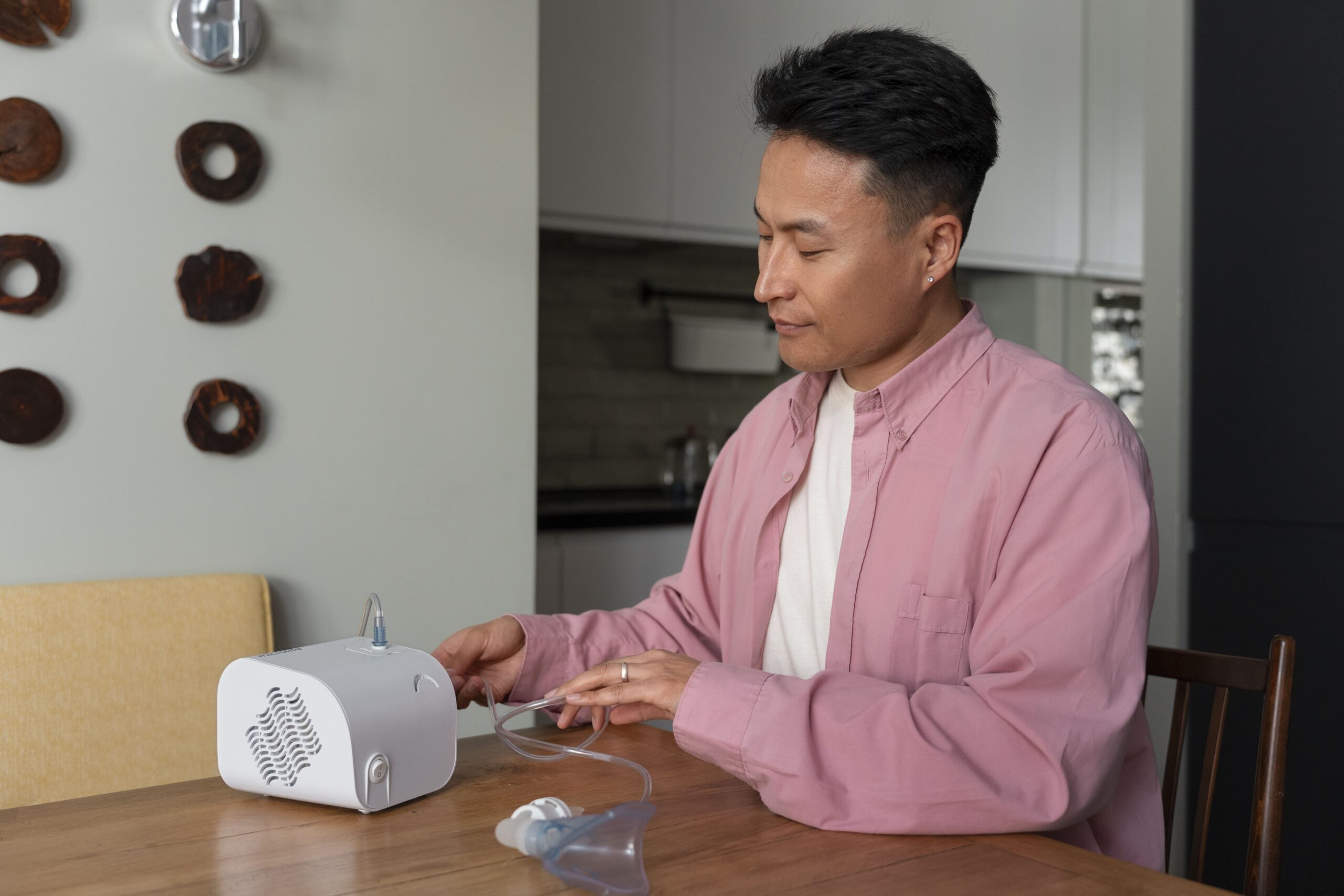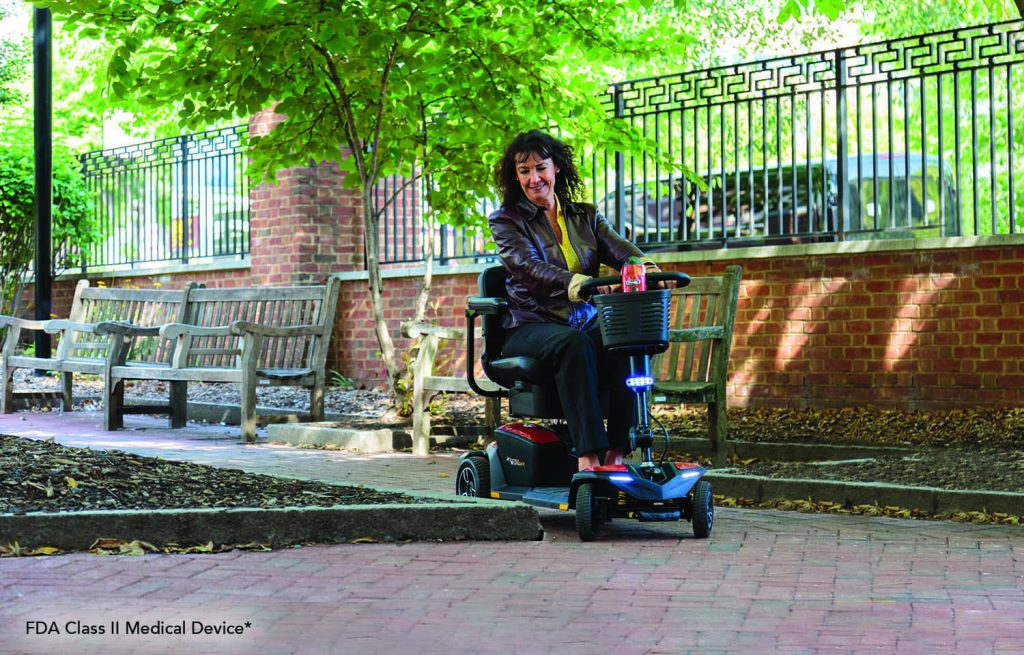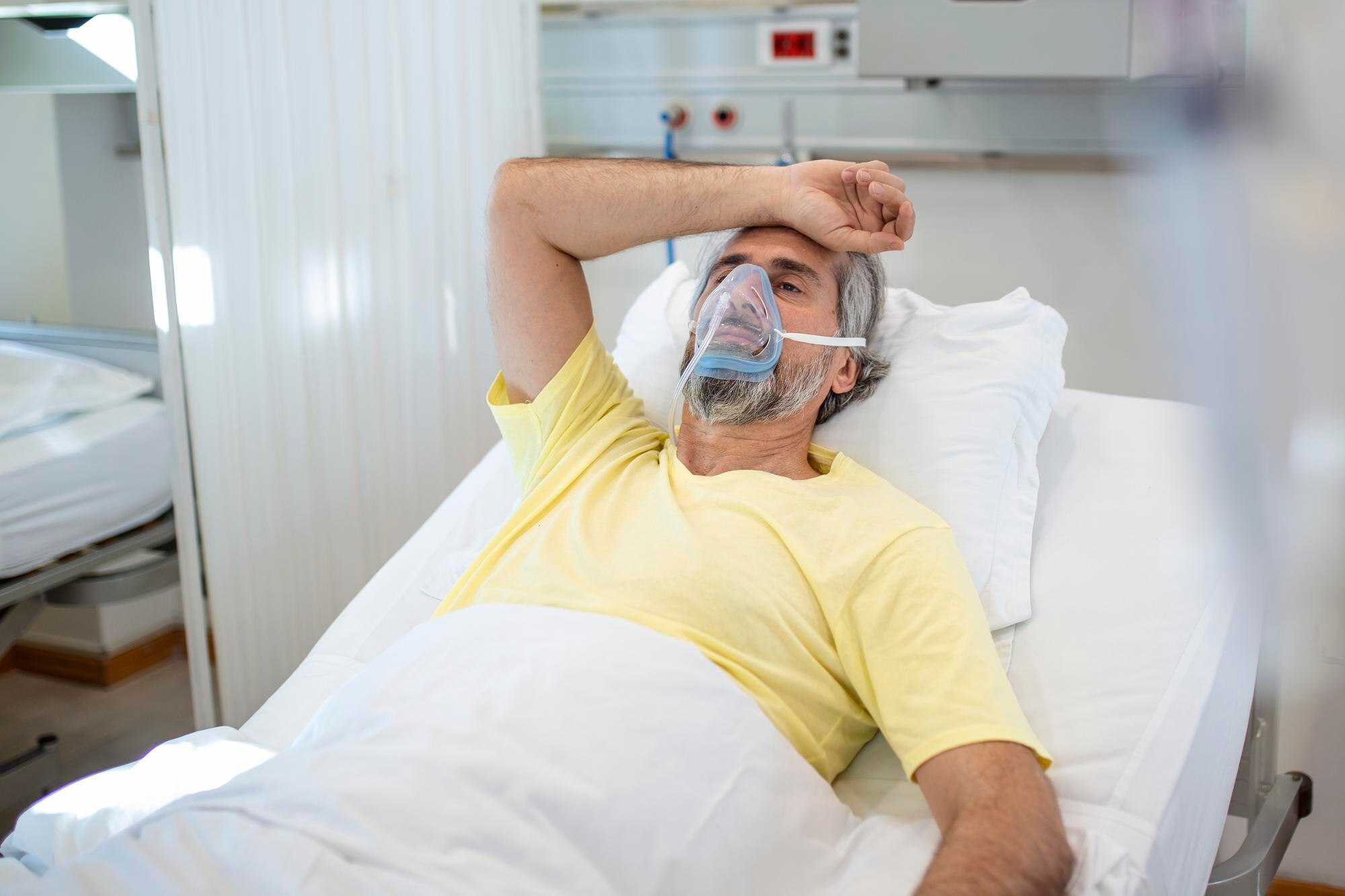Using a CPAP machine is a game-changer for managing sleep apnea, but keeping your equipment clean is just as important as using it. Regular cleaning not only extends the life of your CPAP machine but also prevents harmful bacteria, mold, and allergens from affecting your health.
As a certified sleep therapist and long-time CPAP user, I’ve learned several cleaning hacks that make maintaining CPAP equipment easier and more effective. In this guide, I’ll share my tips and tricks to keep your CPAP machine fresh, hygienic, and ready for use every night.
Why Cleaning Your CPAP is Critical
CPAP equipment comes into direct contact with your face, mouth, and respiratory system. Without regular cleaning, it can become a breeding ground for germs, leading to:
- Infections: Respiratory or sinus infections caused by bacteria or mold.
- Allergic Reactions: Dust and allergens building up in the tubing or mask.
- Unpleasant Odors: Resulting from moisture and bacteria accumulation.
- Reduced Effectiveness: Dirty components can block airflow or cause leaks.
By establishing a consistent cleaning routine, you’ll ensure your CPAP functions optimally and supports your health.
1. Daily Cleaning Hacks for Your CPAP Mask
The CPAP mask is the most frequently used part of your equipment, so daily cleaning is essential.
Hack 1: Use Warm, Soapy Water
- Fill a basin with warm water and add a few drops of mild, fragrance-free soap.
- Disassemble your mask and soak it for 5-10 minutes.
- Gently scrub with a soft cloth or brush, focusing on areas that contact your skin.
Hack 2: Quick Wipe with CPAP-Friendly Wipes
- For a faster option, use CPAP-specific cleaning wipes to remove oils and residue from the mask.
- Avoid regular disinfectant wipes, as they can damage the mask material.
Bonus Tip:
Dry the mask components thoroughly before reassembling to prevent moisture buildup, which can lead to mold or bacteria growth.
2. Weekly Deep Cleaning for Tubing and Humidifier
Hack 3: Vinegar Rinse for the Tubing
- Mix a solution of 1 part white vinegar and 3 parts warm water.
- Soak the tubing for 15-20 minutes to eliminate bacteria and odors.
- Rinse thoroughly with clean water and hang the tubing to air dry completely.
Hack 4: Cleaning the Humidifier Chamber
- Empty any leftover water daily to avoid mineral buildup.
- Once a week, soak the chamber in warm soapy water or a vinegar solution for 30 minutes.
- Rinse thoroughly and let it air dry.
Pro Tip:
Use distilled water in the humidifier to minimize mineral deposits and scale buildup.
3. Quick Hacks for CPAP Filters
CPAP machines typically have two types of filters: reusable and disposable.
Hack 5: Clean Reusable Filters Regularly
- Remove the filter and rinse it under lukewarm water until it’s clean.
- Gently squeeze out excess water and let it air dry completely before reinserting.
Hack 6: Replace Disposable Filters Often
- Disposable filters should be replaced every 2-4 weeks, or more frequently if you live in a dusty area.
Pro Tip:
Set a reminder on your phone or c
4. Keep the CPAP Machine Itself Dust-Free
Hack 7: Wipe Down the Machine Weekly
- Use a soft, damp cloth to clean the exterior of your CPAP machine.
- Avoid using sprays or cleaners near the machine’s air intake to prevent damage.
Hack 8: Use a Dust Cover
- When not in use, cover your CPAP machine with a dust cover to keep debris out of the vents.
5. Smart Storage Solutions
Proper storage prevents dirt and bacteria from contaminating your equipment.
Hack 9: Dedicated CPAP Storage Bag
- Store your CPAP equipment in a clean, dry bag when traveling or when it’s not in use.
- Avoid storing equipment in humid areas like the bathroom.
Hack 10: Use a Drying Rack
- After cleaning, hang tubing and masks on a designated drying rack to ensure they dry completely before reassembly.
6. Preventing Common CPAP Cleaning Mistakes
Mistake 1: Using Harsh Chemicals
Avoid bleach, alcohol, or strong disinfectants, as these can degrade CPAP materials and irritate your airways.
Mistake 2: Skipping Cleaning Routines
Even if you’re busy, aim to clean your mask daily and the rest of your equipment weekly to maintain hygiene.
Mistake 3: Ignoring Signs of Wear
Replace worn-out components like tubing, masks, and filters promptly to maintain effective therapy.
7. Advanced Hacks: Using CPAP Cleaning Devices
Hack 11: Invest in an Automated CPAP Cleaner
- Devices like SoClean or Lumin use UV light or activated oxygen to sanitize your CPAP equipment quickly and effectively.
- While not mandatory, these devices can save time and ensure thorough cleaning.
Hack 12: Keep a Spare Set
- Having an extra mask and tubing allows you to rotate between clean and in-use sets, making cleaning more manageable.
FAQs
1. How often should I clean my CPAP equipment?
- Mask: Daily.
- Tubing and Humidifier: Weekly.
- Filters: Rinse reusable filters weekly and replace disposable filters every 2-4 weeks.
2. Can I use regular tap water in my CPAP humidifier?
Distilled water is recommended to prevent mineral buildup and extend the life of your humidifier chamber.
3. Are CPAP cleaning devices worth it?
Automated cleaners can save time and ensure thorough sanitization, but manual cleaning is still effective and less costly.
4. What should I do if my CPAP equipment develops an odor?
Soak the affected parts in a vinegar solution or use a CPAP cleaning device to remove bacteria and odors.
5. How often should I replace CPAP components?
- Mask Cushions: Every 1-2 months.
- Tubing: Every 3 months.
- Filters: Disposable filters every 2-4 weeks; reusable filters every 6 months.
Conclusion: Keeping Your CPAP Equipment Clean and Fresh
A clean CPAP machine not only ensures effective therapy but also protects your health. With these simple cleaning hacks and a consistent routine, you can keep your equipment in top condition and enjoy restful, worry-free sleep every night.
Remember, your CPAP machine is an investment in your health—treat it with care, and it will support you for years to come. Sleep well and breathe easy!






